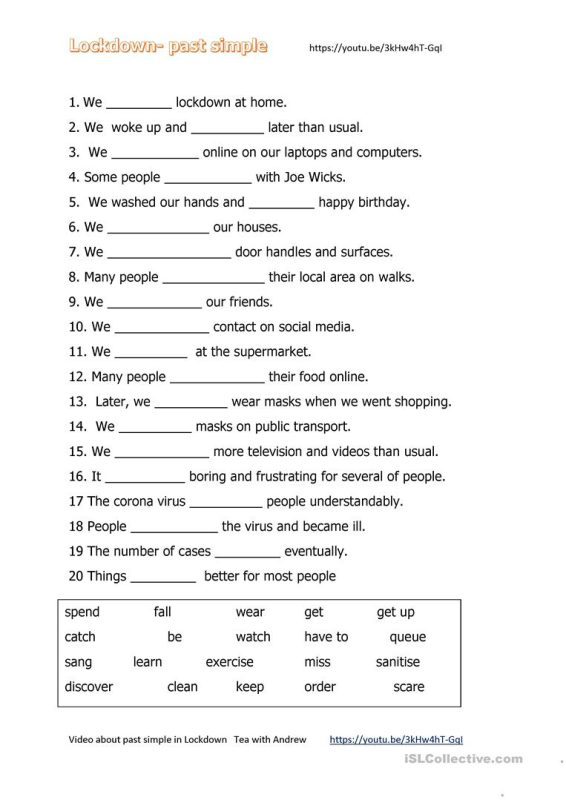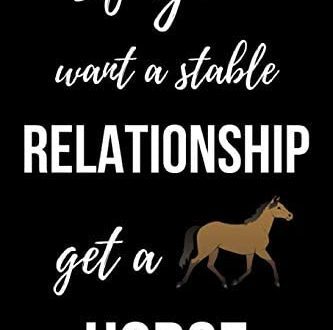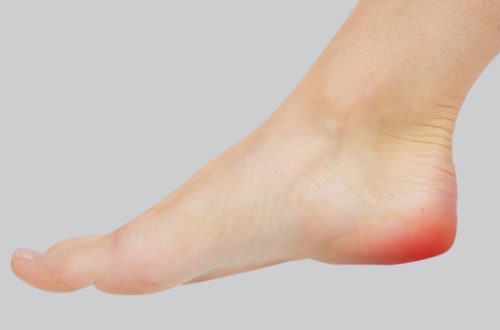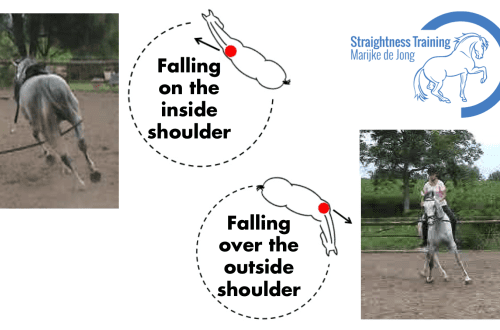
Hone the gapop (the simplest exercise)
Hone the gapop (the simplest exercise)
Whether I’m riding an eventing horse or a regular hobby horse, show jumping or dressage, I’m constantly working to improve my ability to see the calculation. I never gallop “just like that.”
I note the hoofprint, the leaf, the dandelion in front of me and start counting the pace when it seems to me that there are 3-5 left. I either I will I’m right, either I get too close or too far.
By doing this simplest exercise thousands and thousands of times, I begin to make mistakes less and less. It does not require anything special from the horse, but for me it not only helps to see the distance, but also gives the feeling of an adjustable canter that combines balance and momentum.
You can improve your canter control and distance vision by clearing low obstacles, poles on the ground, riding over leaves and hoof prints on the ground, you can even stretch out a garden hose in a playpen and ride it.
To be able to regulate and control the canter, you must have an independent posture, sit in balance. Before you can control your horse’s body, you need to control yours.
Shorten the stirrups, drop your heels down, sit in the center of the saddle, look ahead, collect yourself and work on yourself.
A horse with a good canter is much easier to get to the optimum takeoff point than trying to adjust the canter pace of a bulky brontosaurus.
I think a lot of the time when we talk about horses with “jumping/jumping technique problems” we’re really talking about “canter problems”.
The so-called “controlled canter” must at the same time be characterized by enough momentum to allow us to move forward while maintaining enough balance to allow us to reduce the pace.
Too much momentum and the horse will move well forward, but probably more forward and “downhill”, losing balance in the process. You can lengthen the stride of the canter, but you cannot shorten it. Too much “restoration” of balance, and before the horse is relieved, he moves “uphill”, but you have extinguished the momentum. Now you can shorten, but you cannot lengthen. One is easy to get…
Some horses have a “box-automatic” – they “look” for the jump themselves, and you have to monitor the balance and correct it through half-halts.
Other horses are manual. You must first create momentum and then balance the momentum you have created. In a way it’s hard to see the calculation on these horses because you have to do double work – move, pick up, move again and pick up again, etc.
Either way, your goal is to combine balance and momentum.
Danny Emerson (source); translation by Valeria Smirnova.





